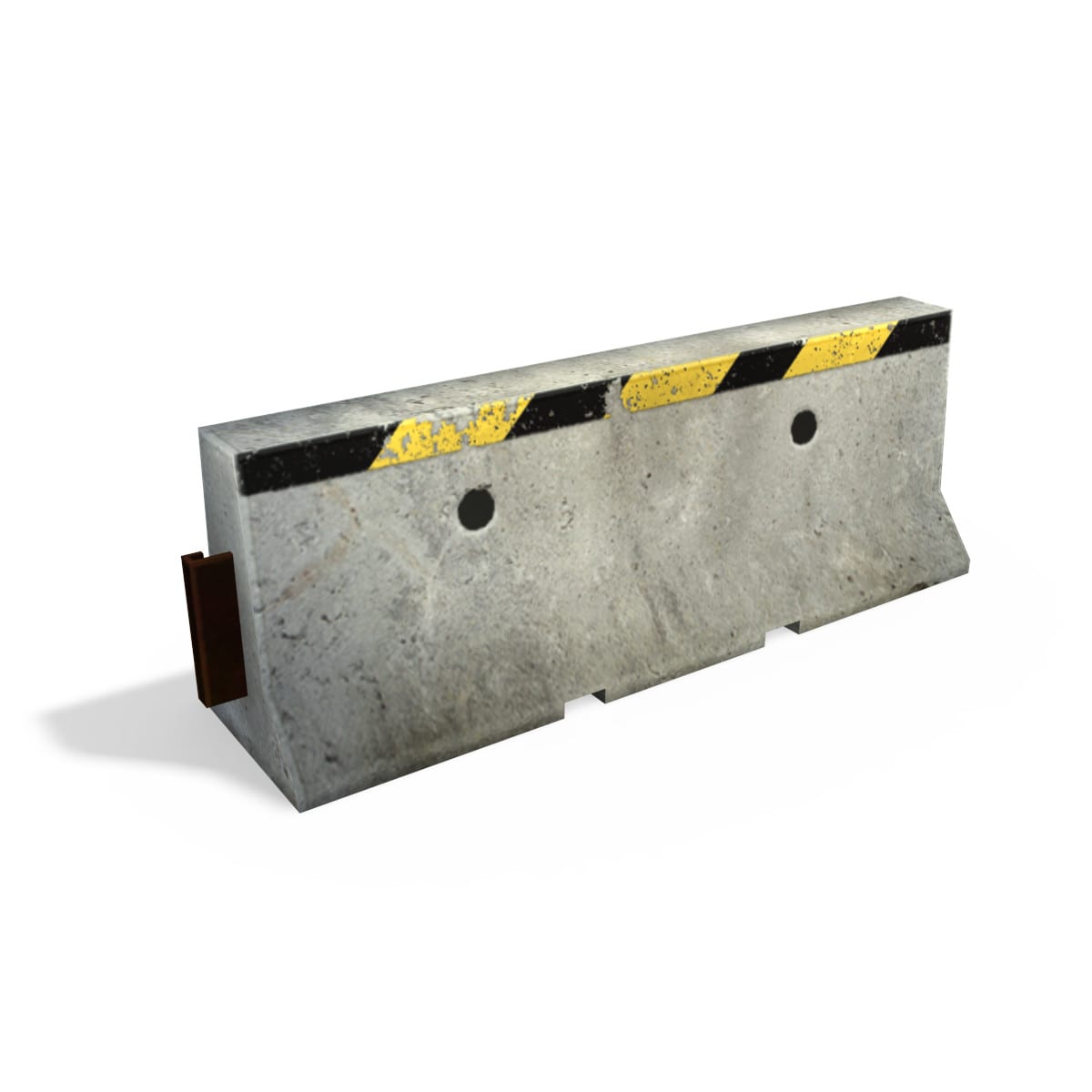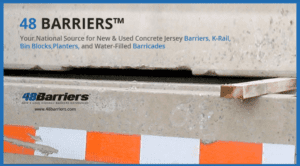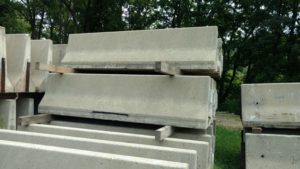What are K-Rails? Concrete Jersey Barriers and k-rail barriers are commonly found on highways and high traffic prone areas. They are made for permanent or semi-permanent applications to serve multiple purposes such as security, traffic diversion, and blocking off access. Over the years, k-rail highway barriers have been used for several other applications beyond what it was designed for in first place.
Although K-rails are a common sight these days, here are three things that you may not know:
K-rail highway barriers are designed with a base 18 inches wide or more depending on where it will be used. As it tapers to the top portion, the width is halved. The purpose of this design is to allow car tires to go over the slope and divert it back on the right track. For this reason, these barriers are now increasingly used for parking lots and perimeter security.
Concrete highway barriers are sturdy and formidable, but these barriers can be personalized and made with various designs. Unlike conventional barriers, most k-rails today are used not just for security purposes but for aesthetics as well. Provision for landscaping is now incorporated on contemporary barriers used to secure buildings, offices, and commercial establishments.
New materials are now incorporated to concrete krail to substitute steel bars as reinforcements. FRC or Fiber Reinforced Concrete containing fibrous materials made of glass, steel, and synthetic or natural sources is the newest trend. These innovations are continuously revolutionizing the way where the barriers are used.
With large applications of barriers, it’s not surprising that more improvements will be employed to these concrete slabs that remain to be the most cost effective type of barrier.




